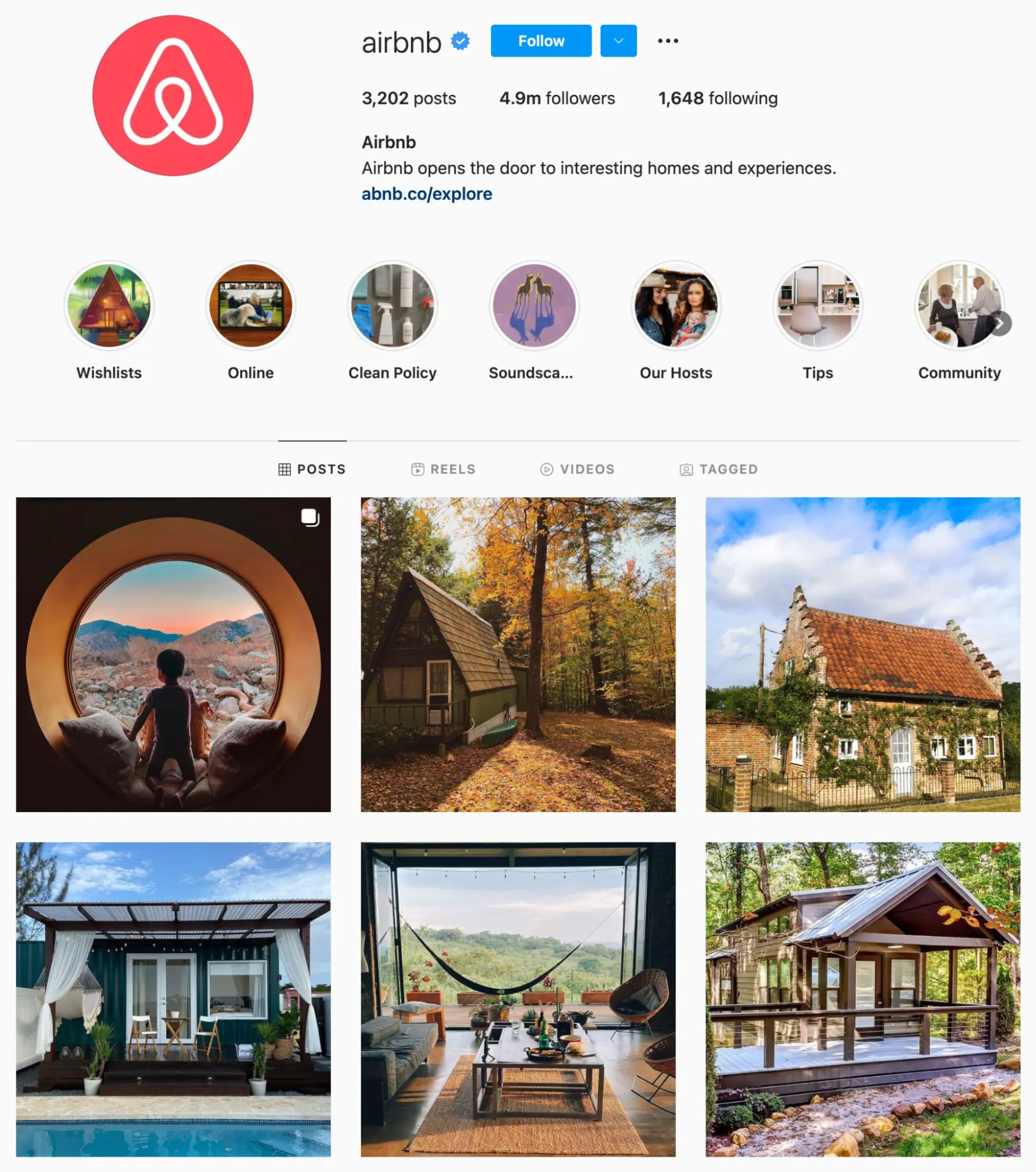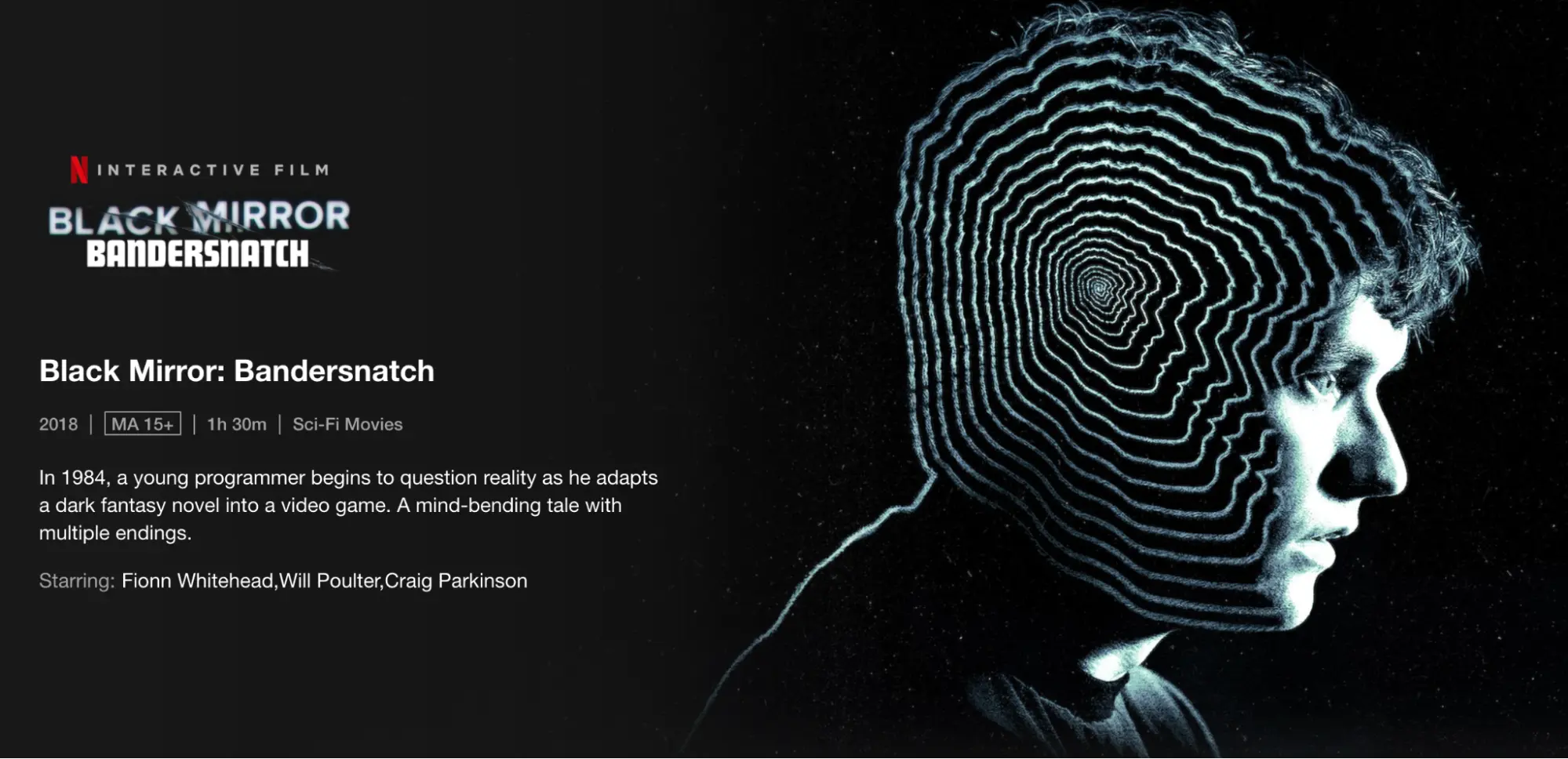Digital Storytelling: Capture Your Audience’s Attention
Humans have been telling stories to one another for about 150,000 years. Our stories have evolved from simple cave paintings and fireside tales to mind-boggling interactive exhibits, breathtaking videos, and news articles that immerse us in the narrative. We’ve matured from simple single-element stories to complex digital storytelling, which weaves a variety of media types into a single coherent narrative, and can be a highly effective way to connect to an audience, especially for businesses.
In this article, we explore the idea behind digital storytelling, give you some examples of digital stories for businesses, and explain how you can create an engaging, educational story for your customers. Let’s jump in.
What is digital storytelling?
Digital storytelling is a storytelling method that uses digital media like images, video, and sound. Various media types are often used in a single story, but the method is open and exploratory, giving marketers vast possibilities for their stories.
For example, you might use a combination of video, illustrations, and audio to teach customers about a brand new product, you might create an interactive webpage that uses images and links to guide them on a journey through your company’s history, or you might tell a day-by-day story through Instagram posts, using a combination of images and videos to reveal the narrative. It doesn’t matter which types of digital media you use, they just need to be best suited for telling your particular story.
Digital stories can be short or long, linear or nonlinear, and delivered however you like. They offer delicious creative expression for the modern marketer. When posted on the platforms where your target customers spend their time—YouTube, Facebook, Instagram, or another method—the story has a great chance of being watched and appreciated.
The wonderful thing about digital stories is their power to engage and educate your audience, especially when compared to traditional, standalone storytelling techniques like writing. Our brains are wired to understand imagery, and lightning-fast—we can identify an image in just 13 milliseconds,1 and process images 60,000 times faster than text.2 In today’s fast-paced, distracting world, where thousands of businesses are constantly vying for our attention, images, video, and sound have become an effective and engaging way for businesses to tell their stories.
Digital stories work for the same reason as traditional stories: they help us to make sense of the world. A narrative allows us to forge connections between the things that happen to us, the people we encounter, and the culture that we live in. These connections are richer, deeper, and far more memorable than dry facts, so customers can come away from a story with an excellent understanding of what the business is trying to say, including a possible action they want them to take. For this reason, digital stories can work exceptionally well.
Digital storytelling examples in marketing
A well-told story often hits the mark, so marketers are using them in a variety of ways to keep customers informed, and promote their brand. Some of the most common digital storytelling examples in marketing include:
- Explaining how a product or service works—it’s difficult to understand a complex product with words alone, which is why so many businesses include explanatory videos on their websites. By slowly guiding them through a product’s components, workings, and benefits, a customer can see its value much more quickly than reading an intimidating wall of text. (check out how to optimise your video here).
- Telling your brand’s story—with good storytelling techniques, the history of a company can be made fascinating, and make the customer feel like they really know the business. This has a good chance of increasing the customer’s loyalty to the company.
- Exploring your mission vision values—these statements explain your company’s purpose, highest aspiration, and code of ethics. They are the very reasons for its existence, which customers can feel a strong connection with, especially if they reflect their own values. Explaining these through digital storytelling can be highly effective.
- Telling your customers’ stories—customer stories can be powerful because they’re so relatable. If your business has helped a customer to overcome a hardship, or has improved their life in some substantial way, telling their story can be inspiring for others, who may desire the same benefits for themselves.
Here are some real-world, exceptional examples of digital storytelling used by businesses.
One Day We Won’t Need This Day
This digital story from Nike explores the idea that women’s rights and high achievements will become so normal that International Women’s Day will no longer be needed. They blend video, music, and voice to create an incredibly inspirational video, which promotes their value of female empowerment.
Airbnb’s Instagram account
While not a traditional digital story, airbnb does a fantastic job of pushing the narrative of “you deserve to stay in a beautiful place.” They achieve this by posting their most gorgeous, unique, and appealing homes to Instagram, which promotes the luxury of their collection, and encourages people to book with them.
How a Presidential Rally Turned Into a Capitol Rampage

To survive in the digital world, traditional print media companies are constantly finding new and exciting ways to tell their stories. This incredible digital article from The New York Times uses a combination of illustrations, images, and video to reveal a timeline of the Capitol break-in on January 6th. The result is a vivid understanding of what happened on that day—a digital story of the highest order, which is not only fascinating, but does a great job of explaining the events.
SickKids VS: This Is Why
This heart-wrenching video explores the mission of SickKids—a pediatric teaching hospital in Toronto. It uses video footage of their patients, the doctors and nurses who care for them, and is backed by a version of Trent Rezor’s “Hurt,” sang by children. The effect is astonishing, and explains the hospital’s purpose perfectly.
Bandersnatch
Bandersnatch is a Netflix film that takes a traditional pure-video story and makes it interactive, allowing the viewer to choose their own adventure by selecting what the main character should do at key points in the story. It’s a mixture between a movie and a video game, which creates a rich and immersive experience for the viewer. Excellent work from Netflix.
Digital storytelling benefits
The beauty of digital storytelling is that it adds a depth and richness to traditional stories, which makes them more memorable and compelling. Rather than just telling your story with printed or spoken words, you can add a wealth of media elements to bring it to life, yanking the viewer into the story and burning it into their memory. Digital stories can be highly effective for businesses.
Here’s some ways that digital storytelling can benefit a company:
- Connect with your audience in a deeper way.
- Get crucial company messages heard.
- Communicate your brand’s personality.
- Change people’s minds on key issues.
- Establish emotional connections with your audience.
- Make people aware of your company’s vision.
- Get massive boosts to your social audiences when digital stories become popular (learn the key social media metrics to measure here).
- Produce cheap digital stories with imagery. This is particularly powerful when using the “Ken Burns effect”—a type of slow panning and zooming that adds interest to otherwise static images.
Digital storytelling tips & how to create a digital story

“You can do what you want with my music, but don’t make me boring.”
—Freddie Mercury
As such a versatile method, digital storytelling can be as simple or as complex as you like. But there’s one thing that remains constant regardless of the media elements you use: you must tell a story!
As the central part of your content, this is where your initial focus should be. You’ll need a clear idea of your story’s purpose, goal, and other key elements before thinking about the media you want to use. We recommend writing down the following questions as headers, and answering them as thoroughly as you can (some of them may not be relevant to your story, so just pick the ones that are):
- What is the goal of your story?
- What kind of story does your audience want to hear?
- What are the key messages you want to communicate?
- What are the themes of your story?
- Who is in your story? And which places are they in?
- What’s the style and tone of your story?
- Who is your audience? This defines how your story should be told, and where it might be delivered.
- Is there a call to action in your story?
Once you have this information, you can get started on the narrative of the story itself. Depending on the type of story you’re telling, the following techniques may help:
- Storyboarding—this is great for image and video-based stories. You’ll need to sketch every scene in your story, and can include information such as speech snippets, times, and accompanying music. Don’t worry if you’re not an amazing artist, you just need a rudimentary idea of what is happening for each scene. You can also use a digital tool like Storyboarder or Canva for this.
- Script—if your story includes words (highly likely), you’ll need to write a full script for every character, including the narrator. Be aware that most writing is terrible the first time around, so try to just get it all out, and then edit it afterwards. Pay particular attention to the pace of your story too. Good stories aren’t rushed, but run along at just the right speed.
When completing both of these sections, always consider what will be the most compelling story for your ideal viewer. The most crucial ingredient of a good story is interest, so figure out what you can show the audience that will engage them and keep them glued to the screen. As the great Freddie Mercury said—don’t be boring!
Some other useful tips when creating your digital story:
- Show, don’t tell.
- Consider including a dramatic question that is proposed and eventually answered.
- Think about how the various elements will connect and work together.
- Be personal and honest. People are drawn to these kinds of stories.
Digital storytelling websites & tools
There’s a ton of digital storytelling websites and tools you can use to bring your story to life. Here’s the pick of the bunch.
Video creation & editing
- iMovie
- WeVideo
- ACMI Generator
- Capzles
Image creation & editing
- Adobe Photoshop
- Adobe Illustrator
- Canva
Image resources
- Unsplash
- Pixabay
- CC search
Audio creating & editing
- QuickTime
- Anchor (for podcasts)
Other/mixed
- Timeline
- Book Creator
- Storyboarder
- Storybird
- Storymap
- Storyform
Digital storytelling—summary
Digital storytelling is a powerful technique for telling stories to your customers. When well-produced, a digital story can be captivating, deliver your message clearly, and be recalled much more easily. The result is an engaged audience that is more familiar with your brand, and understands what you’re all about.
References
- Anne Trafton, 2014, In the blink of an eye | MIT News | Massachusetts Institute of Technology, MIT News
- MIS Research Center, University of Minnesota




